An Internet search demonstrated what Lovecraft was discussing with promptness, and in no small way helped me to visualise the megalithic black cities he referred to. While I personally find a good piece of artwork quintessential in the formulation or muse of my own writing, I feel the linkage is ephemeral rather than concreted in any discrete permanency. That is, I often find myself becoming inspired by a piece, but what begins as a visual appetite may continue in an imagined context, becoming more than the original image alone. The new piece of writing (hopefully) transcends the original piece of artwork that inspired it, becoming its own thing. The pieces I have included in this article may all contain hints as to what Lovecraft spoke of, yet no singular image mirrors exactly what I see in my mind's eye. And I think this exact distinction is important: namely that imagery and writing should assist one another, yet neither should be relied upon.
The work of Roerich in particular amasses a brilliant use of colour that I may call vivid or bold. Were these same paintings reproduced as sketches I doubt they would hold the gravitational pull I currently feel towards them. It is the uncanny representation of reality through colour and shape that I admire, in many respects mirroring a similar relationship between 'reality' and the gamed fantasies we indulge in. Our gaming worlds are somehow more vibrant or outrageous than those we may otherwise occupy, yet evocative of something strangely substantial, though often difficult to quantify.
Whether a painting of a natural cave networks conspires to amount in the creation of the 'Old Ones', or simply becomes the lair of a purple worm I see a epiphytic relationship between the two creative forms of art and writing. Most of my favourite fantasy role-playing games have artwork that somehow transports me from here to there ('there' being that other place where one thinks to themselves 'Yes! I want to travel there. But how?').The same goes for a particularly potent piece of literature. The imagery can be so sharp, and the atmosphere so poignant that I indeed travel to 'there'. Likewise fantasy role-playing games are nothing without the atmosphere they conjure, and quite frankly without sincere atmosphere I'd rather not play.
Life is too short to play in games where the atmosphere is anything but electric. A game, I feel, should inspire you to some kind of vicarious experience. It's not really up to me to determine what that is, or what that may look like, but if I'm playing a game I want to experience something! One reason I particularly like Roerich's work is that each piece hints at a cosmic greatness or peculiarity just outside of reach. Lovecraft's work hints at this too, and is probably why he elected to specifically name Roerich's artwork in his tale. Again, I think a good game will reflect this metaphysical tale: it may be a struggle with self or others, a struggle with the seeming futility or ambivalence of the world, or even the relationship between mortal 'man' and a greater being. Or you may just want to hack some monster to death (maybe on some level that monster stands in the place of something else, or maybe it doesn't).
That lucid and liminal space between a boring old tale and something that truly inspires is a worthy pursuit, and luckily there are many excellent gaming companies that attempt to tell a 'new' tale. I for one do not want to play the same game everyone else is playing - I want to play the sort of game that me and my friends want to play. The idea of someone else writing my adventures has always been a discomforting thought, and I think it's because the creation of a tale is such a sacrosanct act. I don't mean that in a weird way, I just mean it's pretty damn cool I can sit down with my friends each week, pull out some whacky-looking dice and create literally endless tales with a few rulebooks and some imagination. The best part? We're creating these narratives communally, but in our individual minds they look distinctly different to each person playing. At least I think they do...
So then, let artwork inspire you, but let it be a springboard towards something different or more rarely, something greater.
* Check out Jon Peterson's Playing At The World (2012).
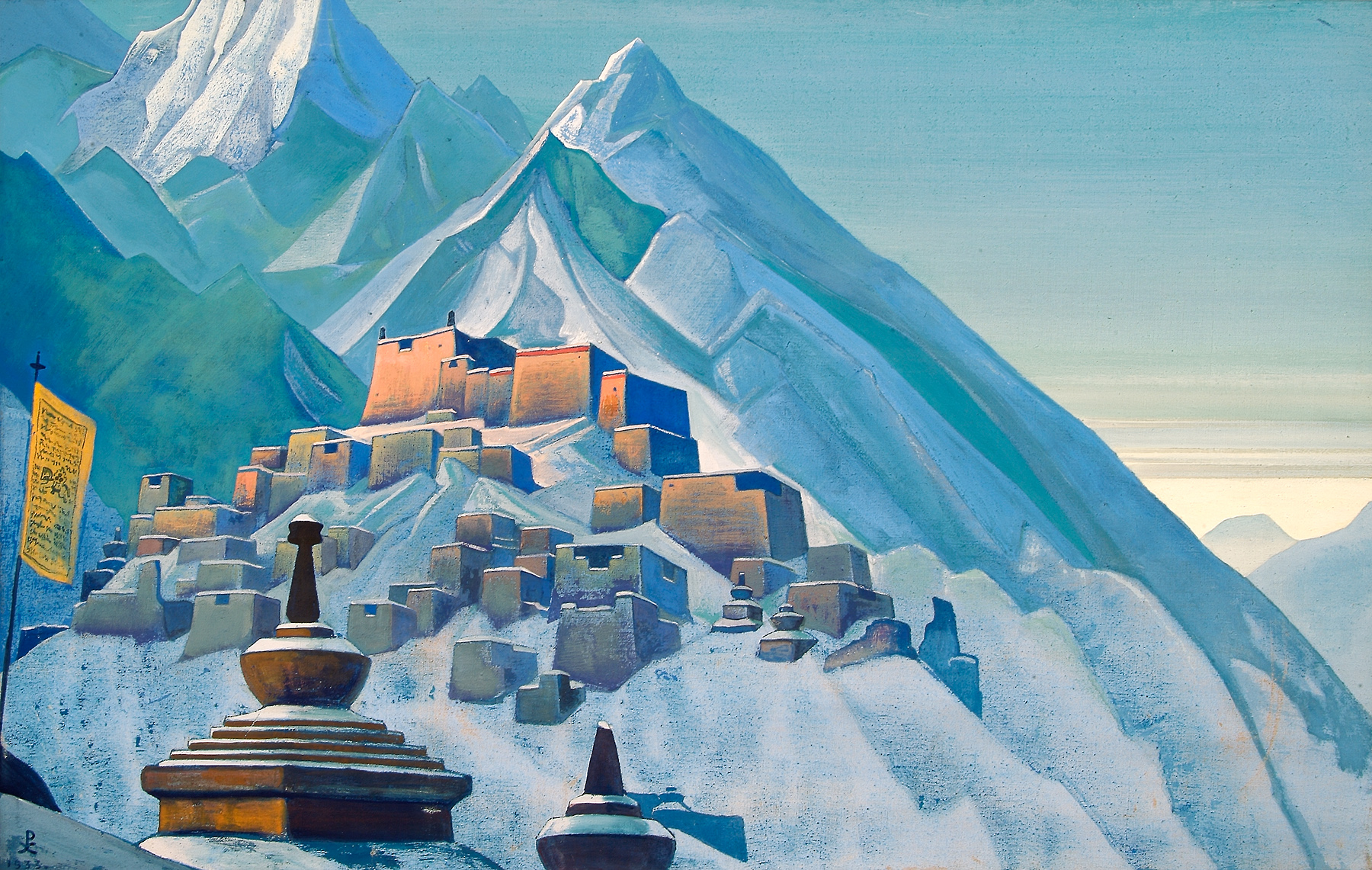
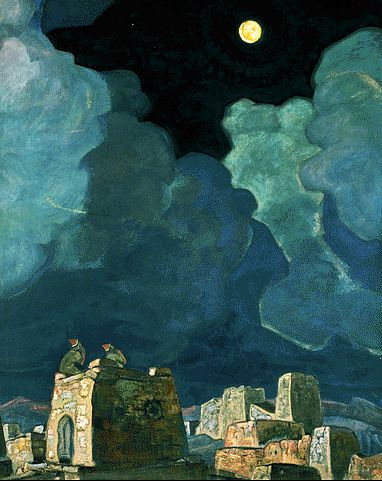
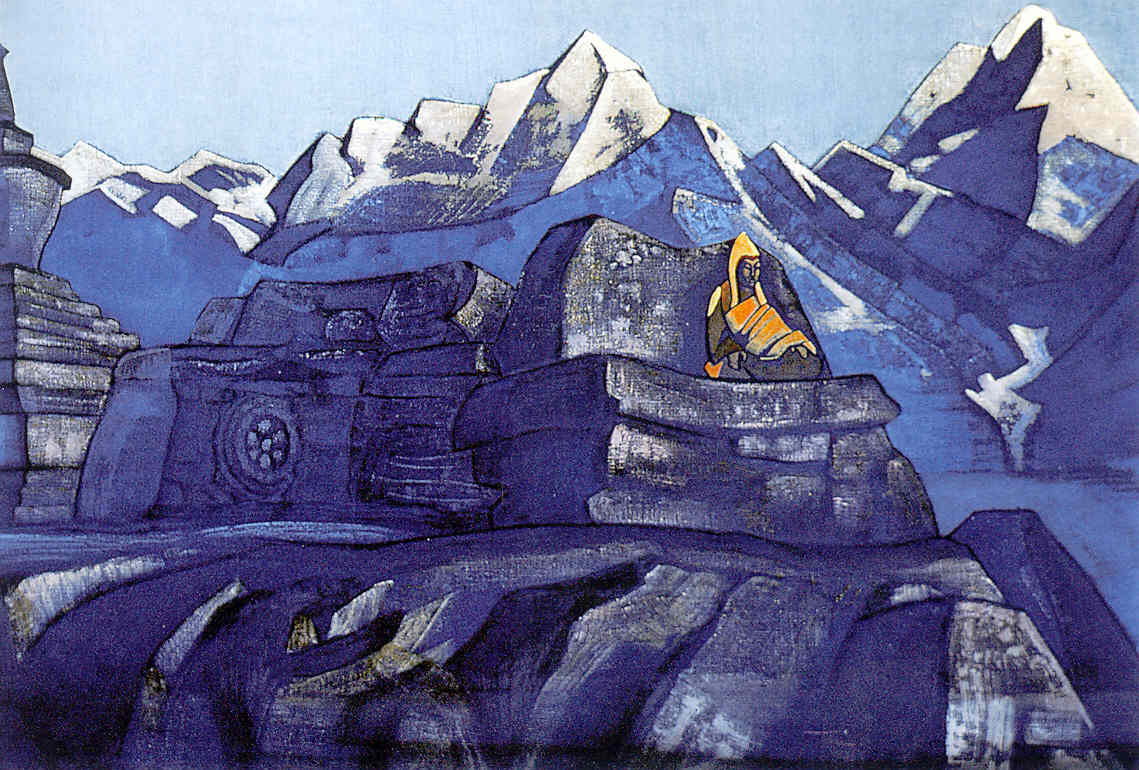
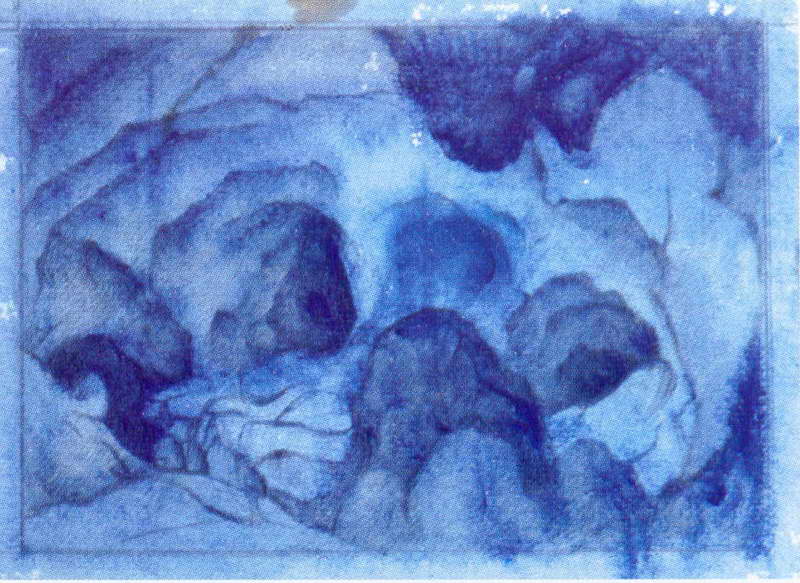
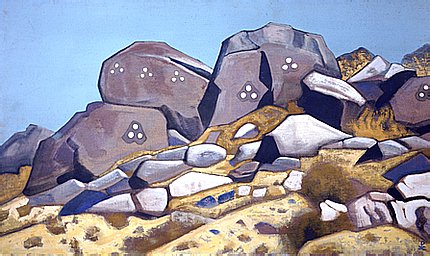
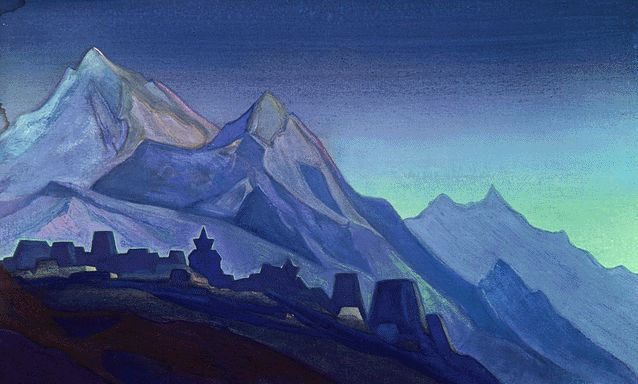
No comments:
Post a Comment